5 Ways to Aggregate Data from Excel Sheets

When working with vast amounts of data, Excel remains a staple tool for many professionals due to its robust capabilities and user-friendly interface. However, aggregating data from multiple Excel sheets can be a tedious task if not approached with the right methods. Here are five effective ways to aggregate data from various Excel sheets, enhancing your data management and analysis:
1. Using Excel’s Built-in Functions
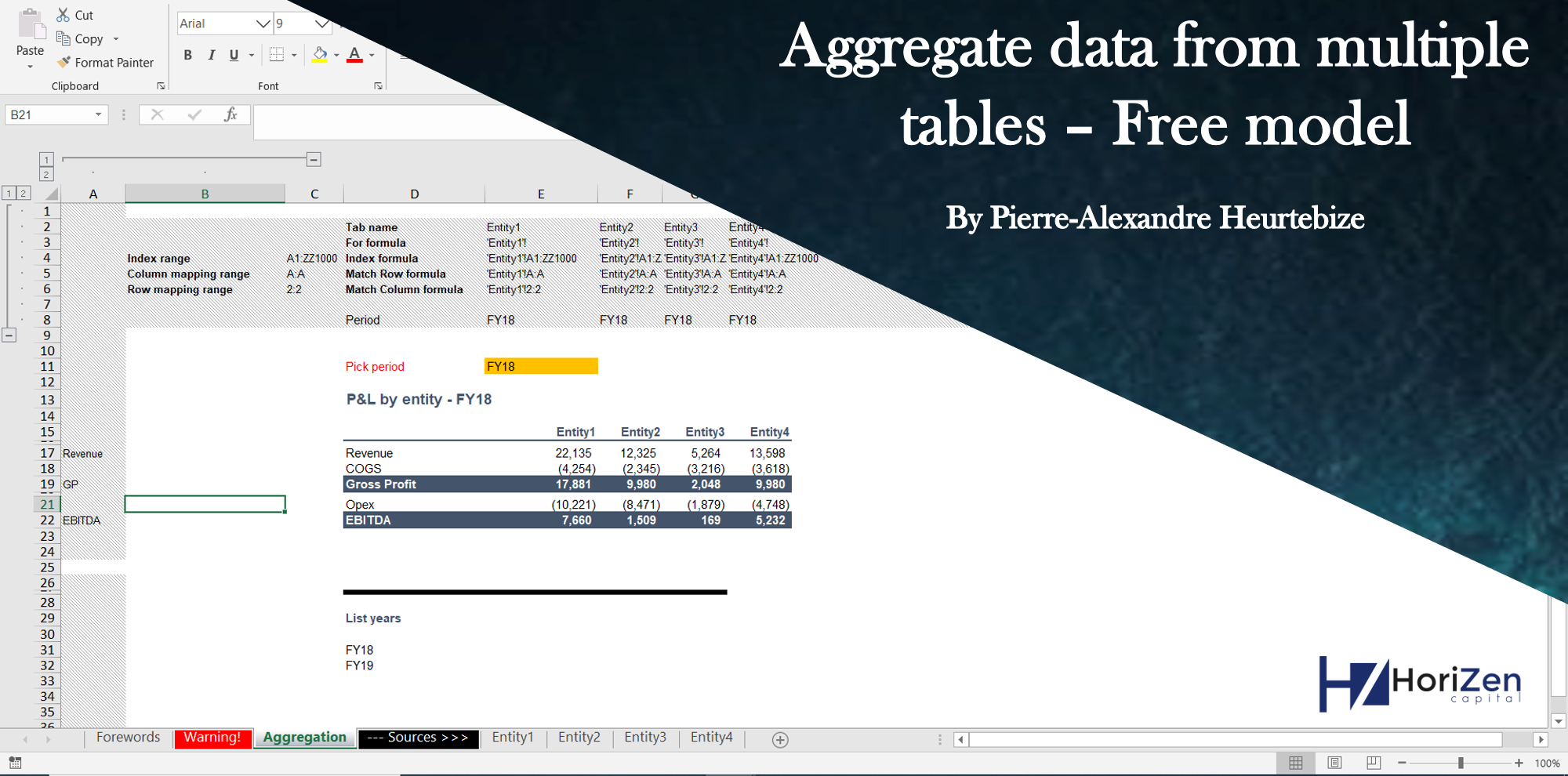
Excel offers several built-in functions that can simplify the aggregation process:
- Consolidate Feature: Use this tool to combine data from several ranges within different sheets. Here’s how:
- Select the range where you want the aggregated data.
- Go to Data > Consolidate > Choose the function (Sum, Average, etc.).
- Add references to the cells from other sheets.
- 3D References: If your sheets are formatted similarly, 3D references can be quite effective:
- Select the range, then in the formula bar, write something like
=SUM(Sheet1:Sheet10!B2).
- Select the range, then in the formula bar, write something like
2. Power Query
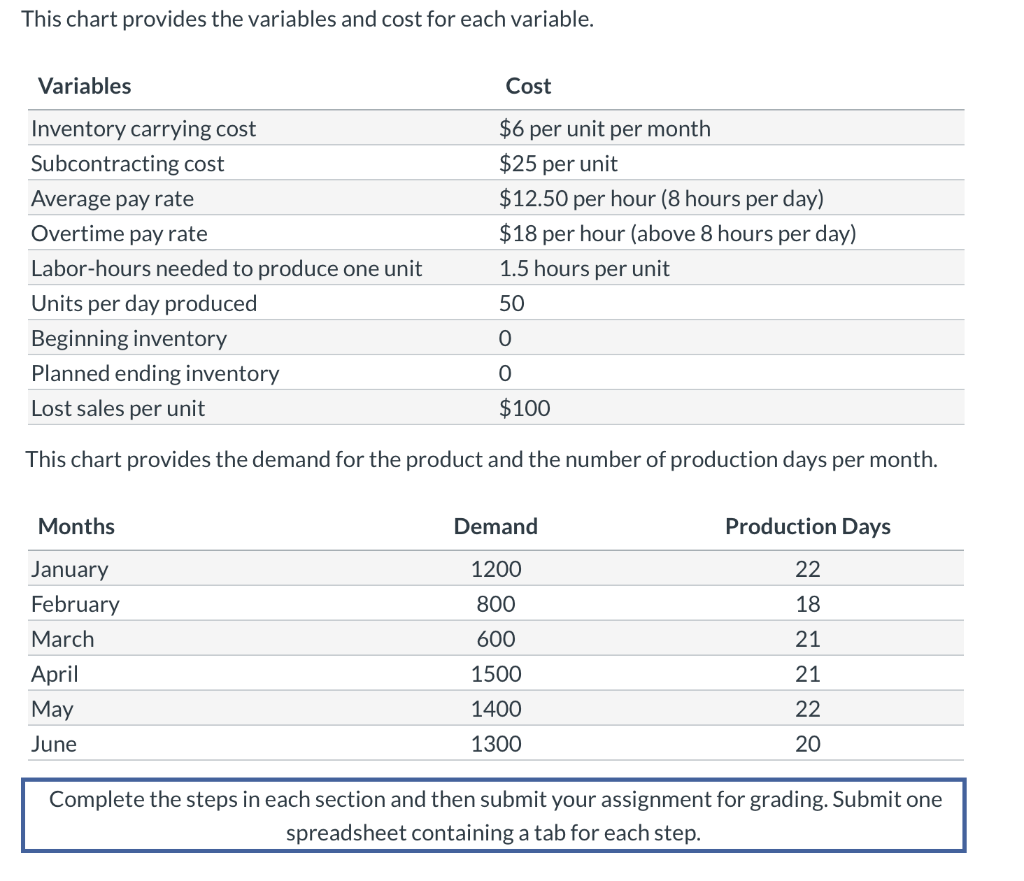
Power Query, part of Excel since the 2013 version, provides advanced data manipulation tools:
- Click on ‘New Query’ from the ‘Data’ tab.
- From the dropdown, choose ‘From File’ > ‘From Excel’.
- Navigate to your Excel file, and Power Query will load the sheets.
- Combine and transform data using Power Query’s interface.
3. VBA Macros

VBA (Visual Basic for Applications) allows for automation of complex tasks:
- Open VBA Editor with Alt + F11.
- Create a new module or subroutine and write a script to loop through each sheet, extract data, and aggregate it in a master sheet.
- Example:
Sub AggregateData() Dim ws As Worksheet Dim LastRow As Long Dim i As Long' Set the range where aggregated data will be placed LastRow = Sheets("Master").Cells(Rows.Count, 1).End(xlUp).Row + 1 ' Loop through each worksheet For Each ws In Worksheets If ws.Name <> "Master" Then For i = 1 To ws.Cells(Rows.Count, 1).End(xlUp).Row Sheets("Master").Cells(LastRow, 1).Value = ws.Name Sheets("Master").Cells(LastRow, 2).Value = ws.Cells(i, 1).Value Sheets("Master").Cells(LastRow, 3).Value = ws.Cells(i, 2).Value LastRow = LastRow + 1 Next i End If Next wsEnd Sub
4. External Tools
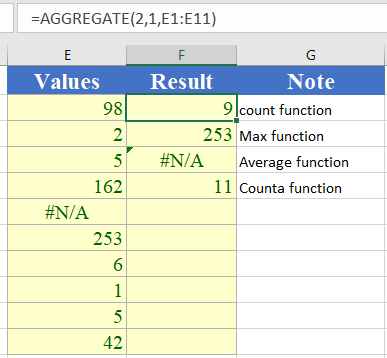
Sometimes Excel’s native tools are not enough, leading to the use of external software:
- Power BI: Power BI can connect to Excel, allowing you to aggregate data from multiple files. It provides more visualization options and is excellent for larger datasets.
- Tableau: This tool can import Excel files and aggregate data through its dashboard creation features.
- Google Sheets: Using Google Sheets, you can link different sheets or even different spreadsheets to compile data from Excel.
❗️ Note: External tools might require additional licenses or subscriptions, and transferring data from Excel to these tools can have formatting implications.
5. Using Excel Add-ins
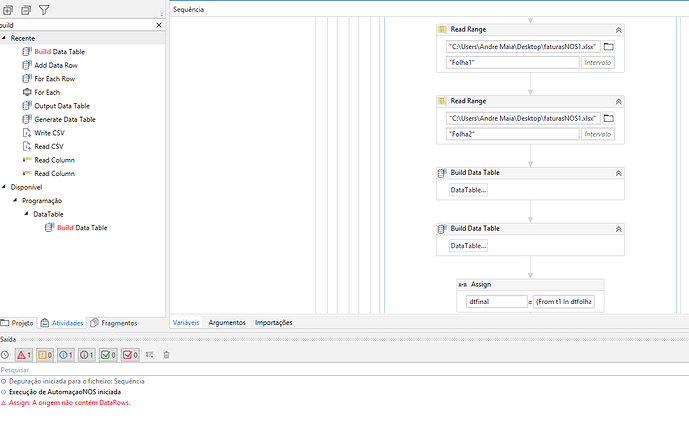
Excel add-ins are additional tools that can enhance your data aggregation capabilities:
- Excel PowerPivot: This add-in allows you to link Excel sheets for data modeling and analysis.
- Excel Analysis ToolPak: While not designed specifically for aggregation, it can help with summarizing data once it’s combined.
By employing these methods, you can streamline the process of aggregating data from multiple Excel sheets, thereby saving time and reducing errors:
To sum it up, aggregating data from multiple Excel sheets can be made more efficient through the use of Excel's built-in functions, Power Query for advanced operations, VBA for automation, external software like Power BI for expansive data handling, and Excel add-ins to extend functionality. Whether you're dealing with financial reports, sales data, or inventory lists, these techniques provide a structured approach to data management. Keep in mind that each method has its advantages and might require some learning curve, especially for VBA and external tools. However, once mastered, these methods can significantly enhance your productivity and data analysis capabilities.
Can I use Excel functions for real-time data aggregation?

+
Excel’s built-in functions allow for live data aggregation if the data within the source sheets changes. However, ensure that the workbook is either open or linked correctly for real-time updates.
How do I handle different data structures across multiple sheets?
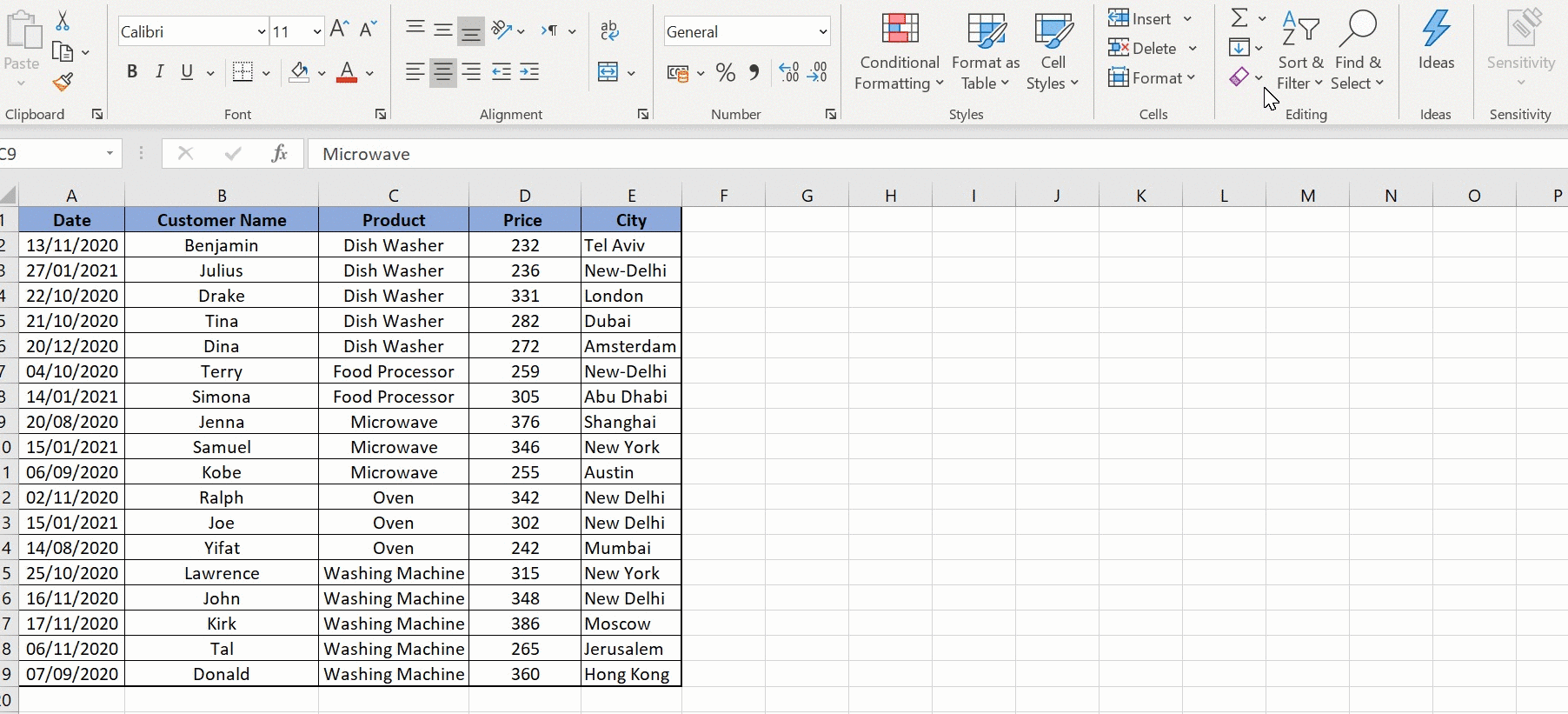
+
If the structure of data varies across sheets, you might need to employ advanced tools like Power Query for data transformation or VBA for custom aggregation based on sheet-specific rules.
What are the limitations of using external tools like Power BI?

+
External tools like Power BI can be powerful, but they require additional setup time, potential costs, and a learning curve. Additionally, some data aggregation tasks might not be straightforward without custom DAX formulas or complex queries.